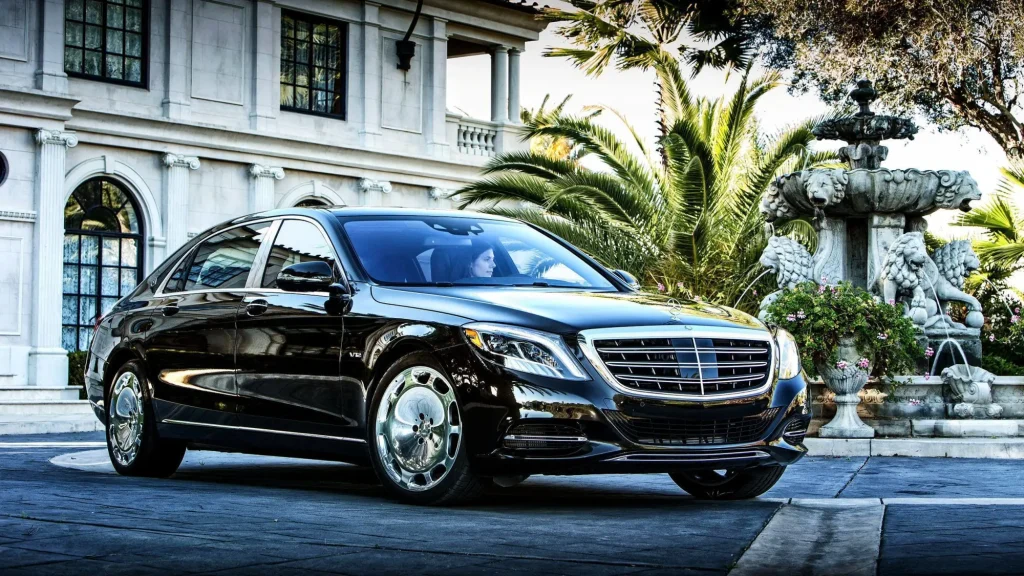Introduction: Beyond Bullet Resistance
When most people hear the term “bulletproof,” they think of vehicles designed to stop gunfire — a critical feature for diplomats, executives, and individuals in high-risk environments. However, modern security threats go far beyond bullets. Explosive devices, such as grenades and land mines, have become increasingly common in conflict zones and targeted attacks.
This raises a crucial question: Can bulletproof sedans protect against explosions? The short answer is yes — but the extent of that protection depends on the engineering design, materials used, and the level of armoring applied. Let’s explore how these vehicles are built to resist not just bullets, but blasts.
1. Understanding the Difference Between Ballistic and Blast Protection
Bulletproof protection and explosion resistance are two different engineering challenges. Ballistic protection focuses on stopping projectiles like bullets, while blast protection deals with shockwaves, heat, and fragmentation caused by explosives.
A standard armored sedan is primarily designed to stop handgun and rifle rounds, but advanced models incorporate anti-blast technologies to protect passengers from explosions beneath or near the vehicle. This dual defense system transforms the car into a true mobile safe zone.
2. Reinforced Underbody Armor
The most critical component for explosion protection is the underbody armor. Engineers reinforce the vehicle’s floor with blast-resistant steel and composite panels designed to absorb and deflect explosive force away from the cabin.
These materials can withstand grenade detonations and even land mines to a certain degree, depending on the protection level. The design ensures that even if an explosion occurs directly beneath the vehicle, the passenger compartment remains structurally intact, drastically increasing the occupants’ chances of survival.
3. Blast-Resistant Fuel Tank Protection
A vehicle’s fuel tank is one of its most vulnerable points during an explosion. To mitigate this risk, bulletproof sedans feature self-sealing and explosion-resistant fuel tanks.
These tanks are coated with specialized polymers that automatically seal punctures caused by shrapnel or bullets, preventing fuel leaks and ignition. Some models also integrate explosion suppression systems that release inert gases to prevent combustion — an innovation originally developed for military vehicles.
4. Reinforced Doors, Roof, and Firewall
The strength of a bulletproof vehicle lies in its 360-degree armored shell. Beyond the floor, the doors, roof, and firewall are reinforced with layered ballistic steel and composite materials that can withstand shockwaves and fragmentation.
Even if an explosion occurs nearby, this armor minimizes damage to the cabin, ensuring passengers remain safe from both the blast impact and secondary debris.
To maintain performance, engineers design these reinforcements with lightweight alloys and aramid fibers, preserving balance and drivability while maintaining formidable protection.
5. Shock Absorption and Seat Engineering
Modern armored sedans use energy-absorbing materials and advanced seat designs to reduce the effect of an explosion on passengers. The seats are often mounted on shock-dampening frames that isolate occupants from the floor, reducing injuries from vertical blasts.
In high-end models, this design feature can significantly reduce the transfer of impact forces, ensuring a smoother, safer experience even during extreme events.
6. Run-Flat Tires and Mobility After an Explosion
In a blast scenario, maintaining mobility is crucial for survival. That’s why high-security sedans are equipped with run-flat tires capable of operating for up to 80 kilometers (50 miles) after being punctured or damaged.
These specialized tires allow drivers to escape the scene immediately, even if the explosion has disabled other vehicles nearby. This ability to remain mobile under attack is one of the key advantages of armored transportation.
7. Discreet Yet Powerful Design
Despite their immense protection capabilities, modern armored sedans retain the appearance and comfort of standard luxury vehicles. Their design conceals all ballistic materials within the vehicle’s body, ensuring discretion.
This means they blend seamlessly into everyday traffic — an invaluable asset in situations where drawing attention could increase risk.
Manufacturers who specialize in advanced vehicle protection ensure these designs combine luxury, stealth, and strength. For instance, bulletproof sedans built by elite armoring companies integrate cutting-edge ballistic technology with world-class craftsmanship, allowing them to handle explosions while maintaining an elegant exterior.
8. Tested to International Standards
Before being certified, armored sedans undergo extensive testing under real-world blast conditions. Reputable armoring firms adhere to global standards such as VPAM, NIJ, and CEN, which define specific protection levels for ballistic and explosive threats.
These tests simulate grenade and mine detonations to ensure the vehicle meets or exceeds performance expectations. Only after passing these rigorous trials is a vehicle deemed ready for operational use.
Conclusion: Protection That Goes Beyond Expectations
Bulletproof sedans have evolved far beyond simple bullet resistance. Today, they offer comprehensive defense systems capable of withstanding both ballistic and explosive threats. Reinforced underbodies, blast-resistant materials, and mobility-enhancing technologies make them a trusted choice for those who demand maximum security on the move.
While no vehicle is entirely impervious to all threats, modern armored sedans represent the pinnacle of protective engineering — ensuring that even in the face of explosions, passengers remain safe, stable, and in control.






More Stories
Low Mileage Used Vehicles Delivering Long Term Ownership Satisfaction Benefits
Turbo Wastegate Rattle on Jaguar XE/XF: What Causes the Metallic Noise?
Crystal Clear Windows Simple Methods for Streak-Free Glass